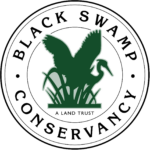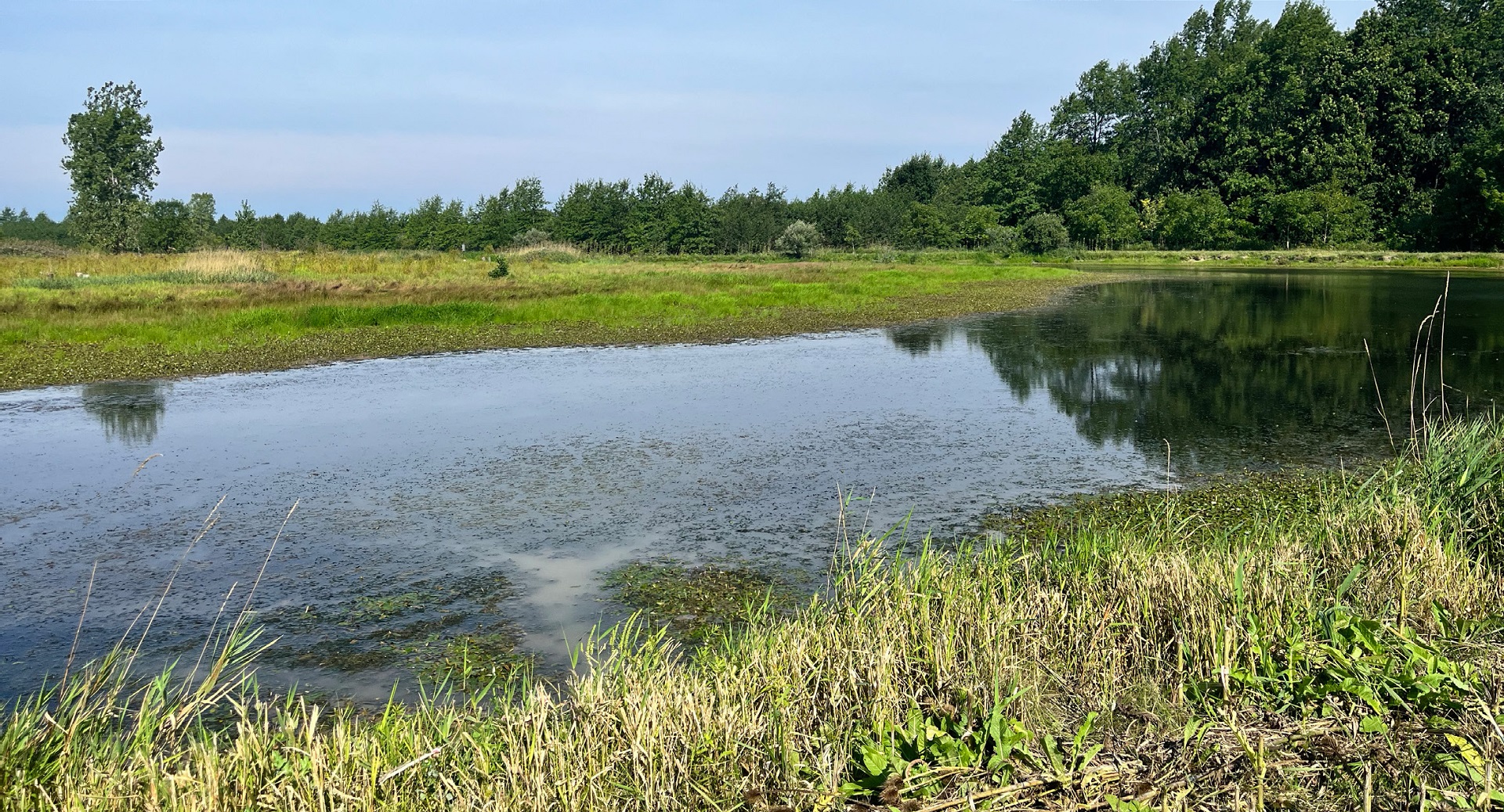The story of how a couple hundred acres on the Little Auglaize River came to be purchased and permanently protected by the Black Swamp Conservancy is the meandering story of land use in northwest Ohio.
Like most of the tillable land in our region, the property was once wild land – part of the historic Great Black Swamp. In the late 1800s, most of the property was cleared and drained for agricultural use, with a nice tree lot on the edge of the land set aside for firewood and personal hunting. Then, a neighbor purchased the land about 20 years ago and worked to make it more welcoming to deer, pheasants and other wildlife. The one-time farm field was seeded with trees including acorns and hickory nuts from the old standing woods. Wet spots in the farm fields were purposely dug out and designed to collect rainwater and runoff, making wetland pools in the springtime and holding water year-round. After some years as a passive hunting spot, the land came up for sale again, and a conservation-minded neighbor suggested the Conservancy consider purchasing it for permanent conservation.
In 2018, Conservancy staff visited the property, saw the young trees and wildflowers that were established in the old farm field, and walked the shady mature woods full of birds and other wildlife. Some of the wildlife identified then are sensitive species including the endangered Indiana bat. Dozens of species of dragonflies dart along the banks of the river and wet meadows nearby.
Because the land was partially returned to a natural state already, and because the Little Auglaize is a tributary of the Maumee River by way of the Auglaize, we recognized this property as important to the goal of clean drinking water for people and natural spaces for wildlife. We purchased the 266 acres of the Little Auglaize Wildlife Reserve in 2019 and got to work putting together a package of grants to enhance the property’s natural qualities.
Our grant partners are from national and State agencies. Together, we’ll ensure that the property provides maximum natural infrastructure benefits – that the wetlands hold and filter water, capture excess nutrients that might flow in from nearby farm fields, and provide food and refuge for bees, dragonflies, butterflies and other pollinators.
With the funding assured, work is now underway to finish the restoration. The plan falls into two strategies:
- Improve the number and diversity of native plants
- Restore the part of the stream that had been ditched
The native planting is underway. Plants native to northwest Ohio have deep roots that hold soil in place. They thrive in our four-season environment and provide food and habitat for local bees and butterflies.
Restoring the ditched part of the stream is the last piece of the work of restoration. We are starting on a design to let the water return to a more wandering path. The design will reduce erosion, increase the amount of water held on the property, slow the flow of water to allow trees and shrubs to drink from it and grow.
The preserve is open to limited public access for hiking and wildlife observation. Contact Melanie Coulter at [email protected] for permission to visit the Little Auglaize Wildlife Reserve.


